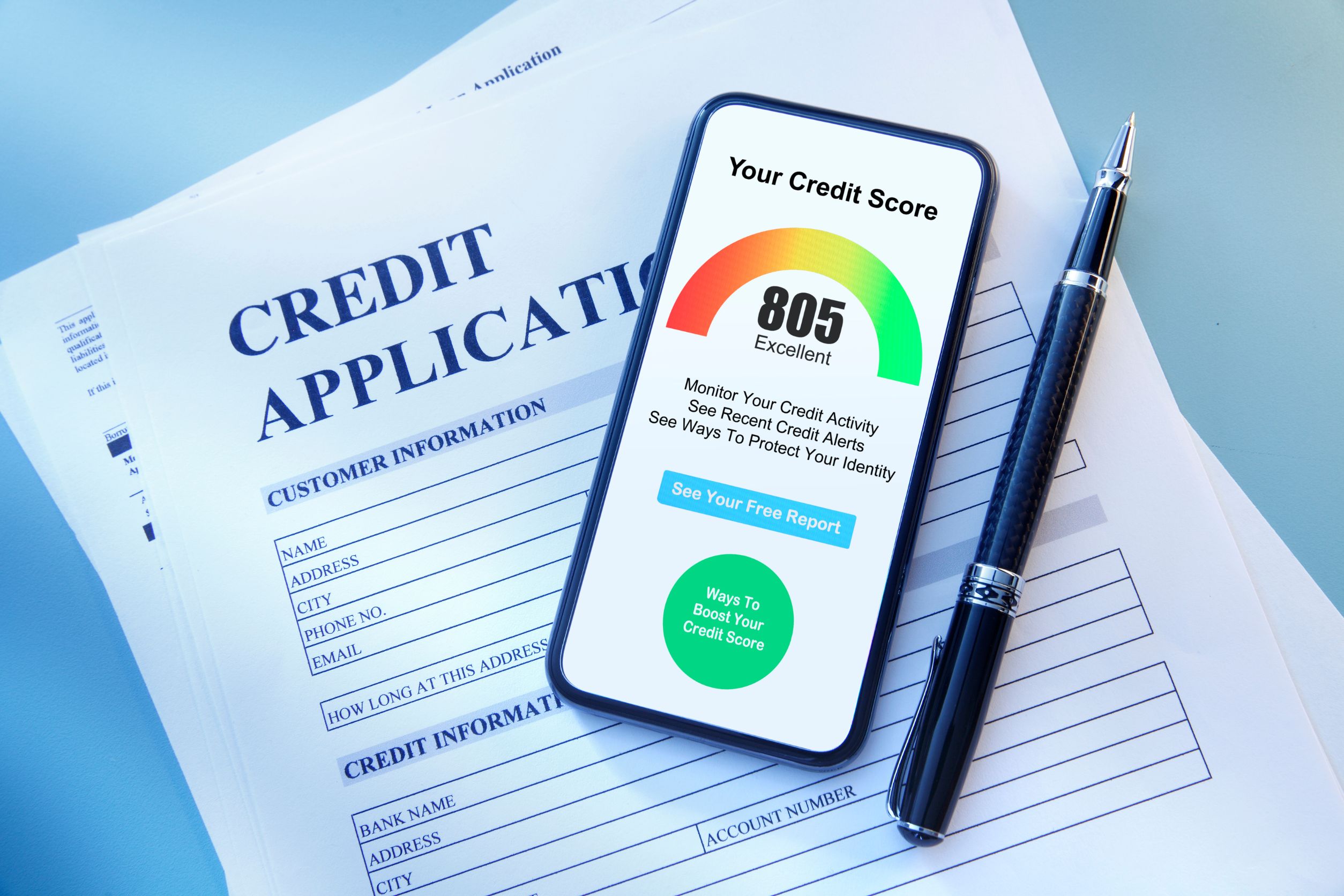Owning a vehicle is more than just the initial purchase; it comes with a range of ongoing expenses that every car owner needs to be aware of. From routine maintenance to unexpected repairs, understanding these costs can help you budget effectively and keep your vehicle running smoothly. Here are some of the key annual auto expenses you should know about.
Routine Maintenance: The Foundation of Vehicle Longevity
One of the most important aspects of vehicle ownership is routine maintenance. Regular oil changes, tire rotations, and brake inspections are crucial for keeping your car in good working condition. Neglecting these basic services can lead to more significant issues down the road, which could be far more expensive to repair. Most manufacturers recommend an oil change every 3,000 to 5,000 miles, depending on the type of oil used. Additionally, other fluid levels, such as coolant and transmission fluid, should be checked and topped off as needed.
Auto Repairs: When Things Go Wrong
Even with regular maintenance, unexpected repairs are a reality of vehicle ownership. According to Market Source, 75% of aftermarket auto repairs are performed by independent repair shops, which often offer more affordable services compared to dealerships. Common repairs include fixing brake pads, replacing batteries, and addressing engine issues. The cost of these repairs can vary widely depending on the make and model of your vehicle, as well as the severity of the problem. It’s wise to set aside an emergency fund specifically for auto repairs to avoid being caught off guard.
Windshield Repairs and Replacements: A Common Necessity
Another common but often overlooked expense is windshield repair or replacement. Whether it’s due to a stray rock on the highway or extreme weather conditions, windshields can suffer cracks or chips that need to be addressed promptly. According to IBISWorld, there are over 20,000 auto windshield service providers across the United States, making it relatively easy to find a shop that can handle these repairs. Depending on the extent of the damage, you may be able to repair the windshield for a minimal cost, or you might need a full replacement, which can be more expensive.
Registration and Licensing: Staying Legal on the Road
Every vehicle on the road must be registered with the state, and the cost of registration can vary depending on where you live. According to Hedges Company, there were approximately 296.6 million registered vehicles in the U.S. last year, highlighting the scale of this requirement. In addition to registration fees, you’ll need to renew your driver’s license periodically. These costs are generally not as high as other auto-related expenses, but they are recurring and should be factored into your annual budget.
Tire Replacements: Safety on the Road
Tires are one of the most critical components of your vehicle, directly affecting safety, fuel efficiency, and overall performance. Depending on how much you drive and the road conditions you encounter, you may need to replace your tires every three to six years. The cost of new tires can range widely based on the size, brand, and type of tire you choose. Additionally, regular tire rotations and alignments are necessary to ensure even wear and prolong the life of your tires.
Fuel: A Constant Cost
Fuel is perhaps the most frequent expense associated with vehicle ownership. Gas prices can fluctuate throughout the year based on market conditions, but this is a cost you’ll need to account for regularly. Fuel efficiency varies by vehicle, so understanding how much gas your car typically uses can help you estimate your annual fuel costs. Some drivers may choose to invest in a more fuel-efficient vehicle to save on gas, especially if they have a long daily commute.
Owning a vehicle involves more than just the initial purchase price. Remember, regular maintenance and smart financial planning are key to getting the most out of your investment.







